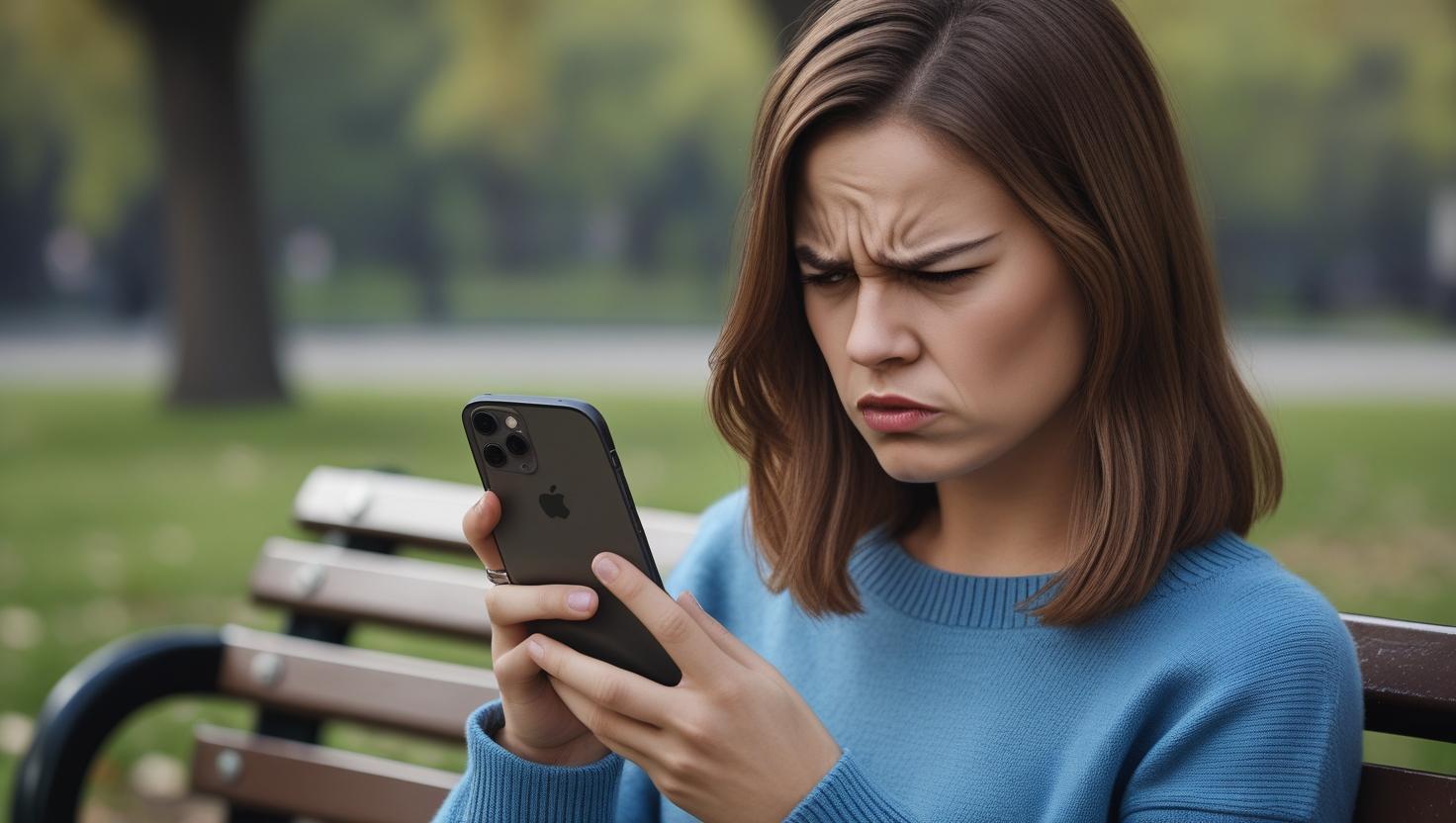By Dr. Jonathan Javid, Au.D.
The Frustration: Notifications Overload
Many users of Phonak hearing aids report frustration with how their devices handle Bluetooth audio on iPhones. While Phonak offers excellent comfort, rechargeability, and strong performance in background noise—explored in our guide on hearing aids for background noise—the Bluetooth experience, especially regarding notifications, can be overwhelming. :contentReference[oaicite:0]{index=0}
Why This Happens: Understanding Bluetooth Profiles
The issue comes from Phonak’s use of Bluetooth Classic rather than Apple’s proprietary MFi protocol. Although this ensures compatibility with both iPhones and Android devices, it introduces trade-offs. The “LE R‑Phonak Hearing Aid” and “LE L‑Phonak Hearing Aid” profiles support app communication, while the “R‑Phonak Hearing Aid” profile handles all audio—calls, media, and alerts. Unfortunately, iOS treats this as a headphone connection, routing nearly all sounds to the hearing aids, and offers no detailed routing control.
Workarounds: Tips to Regain Control
Although iOS doesn’t currently support granular audio routing for Phonak devices, you can try:
- Adjust Sound Settings: Lower alert volumes in
Settings → Sounds & Hapticsand disable notifications for non-essential apps. - Use Silent Mode: Mute your iPhone to suppress alerts while preserving media and call audio.
- Remove the R‑Phonak Audio Profile: In Bluetooth settings, tap the “i” next to “R‑Phonak Hearing Aid” and choose “Forget This Device”—you’ll keep app control via the LE profiles but lose streaming functionality.
- Manage Notifications in Apps: Go to
Settings → Notificationsand disable sound alerts on an app-by-app basis.
Be aware—removing the audio profile will disable some features like phone call streaming. Always consult your audiologist before making changes.
Phonak vs. iPhone: Who’s at Fault?
The root cause lies in how iOS handles Bluetooth audio for Classic devices. Unlike iOS, Android platforms often offer more flexible audio routing. Other brands—like Oticon or Starkey—offer better iPhone integration thanks to MFi certification, as discussed in our comparison of hearing aid brands and return policies (which also highlights Phonak’s coverage) and insights in “Quick Troubleshooting Guide for Oticon Hearing Aids”. :contentReference[oaicite:1]{index=1}

Best Practices for Phonak Users
- Discuss Bluetooth expectations before purchasing.
- Test Phonak hearing aids with both Android and iPhone if possible.
- Keep firmware and the myPhonak app updated for latest improvements.

The Bottom Line
Phonak hearing aids excel in many areas, but their Bluetooth audio handling on iPhones remains clunky. Until Apple or Phonak improves audio routing systems—perhaps by adopting LE Audio—users must lean on workarounds and best practices to maintain comfort and functionality.

